China
A few photos from my month-long IntrepidTravel tour of China in July-August 2006.
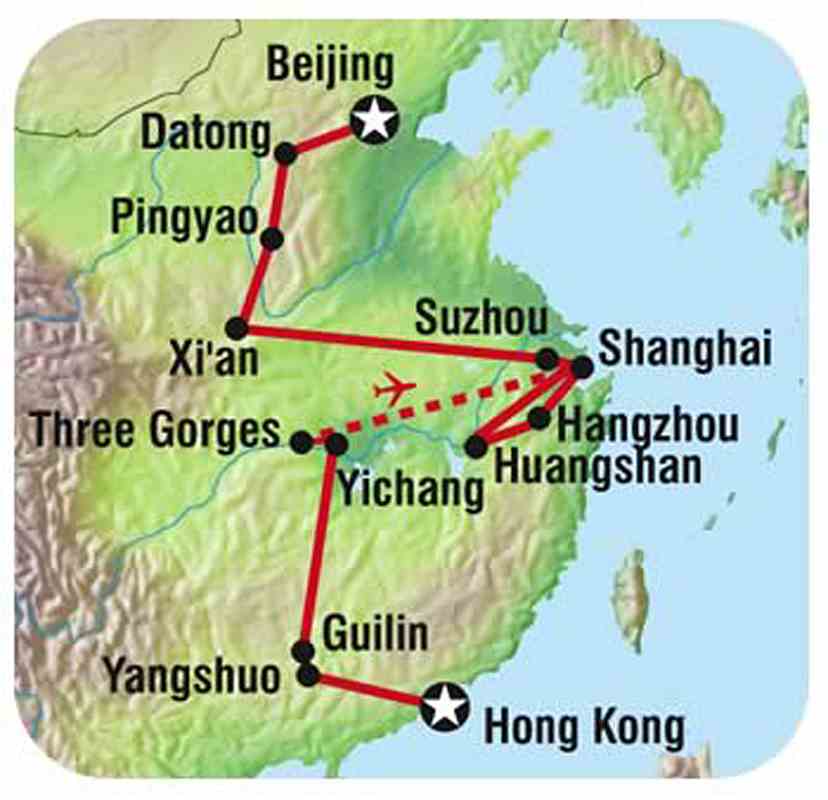
I made a friend on the ferry in Hong Kong early in the trip.
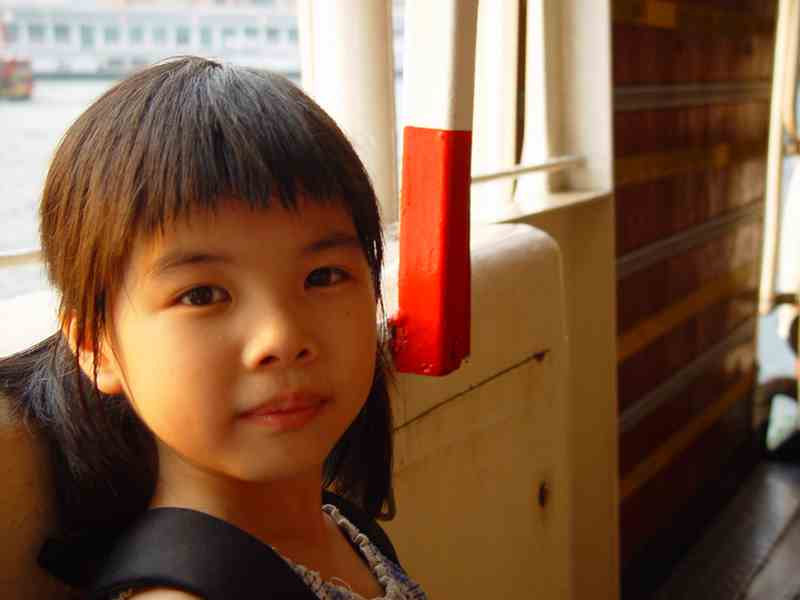
Yangshuo
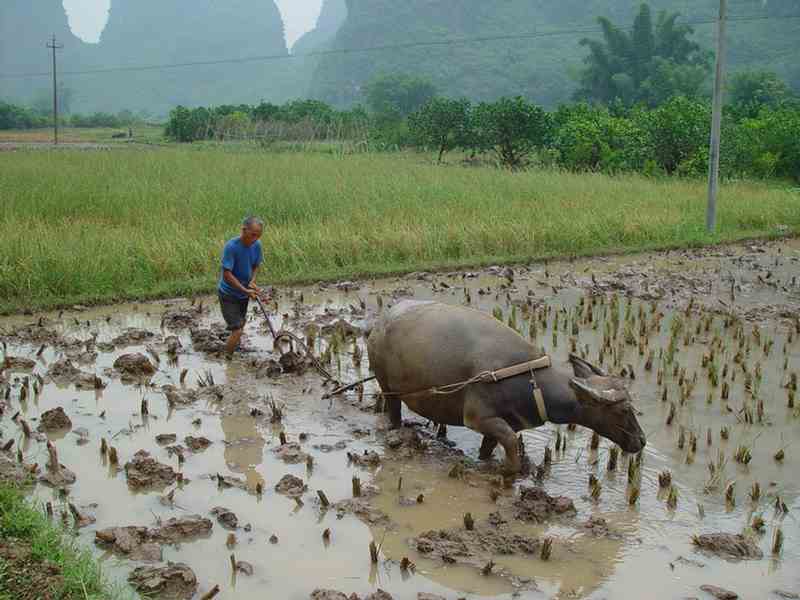
The Three Gorges Dam
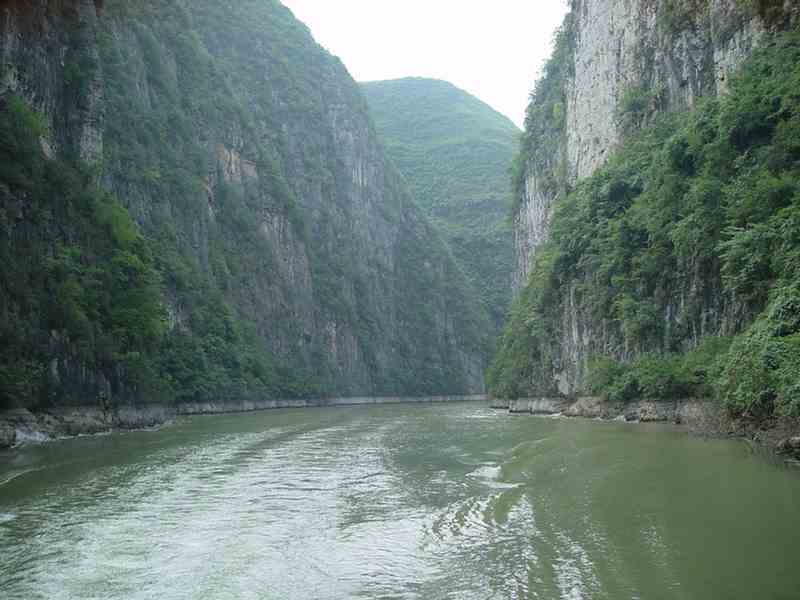
A giant Panda at Hangzhou zoo
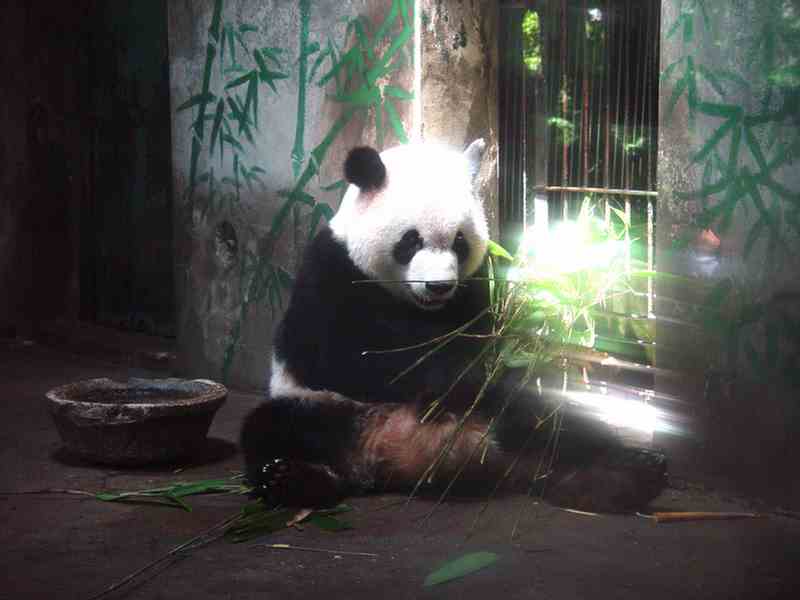
Yellow Mountain (Huangshan)
A magic scenic spot. I went up the mountain in a cable car.
On the mountain I had a 20km, all day walk, up and down peaks, through canyons and along thousands of steps.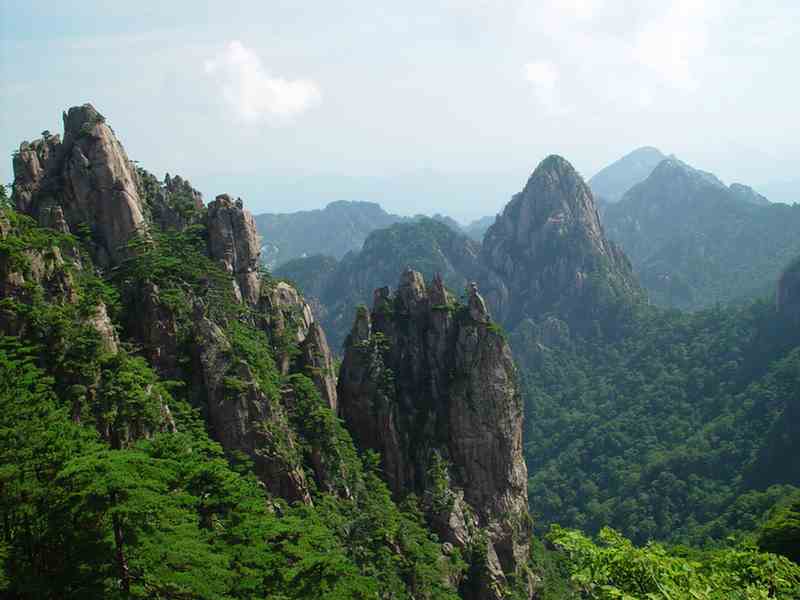
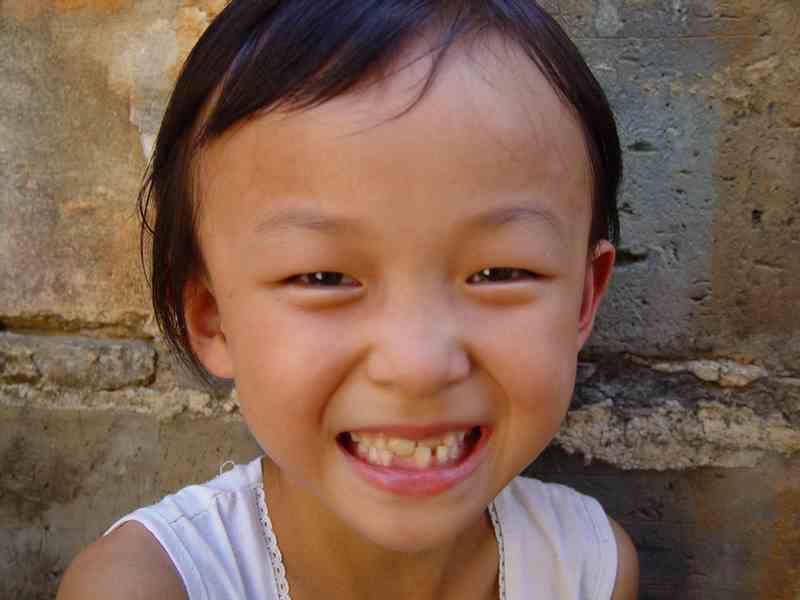
Shanghai
With a population of over 16 million people it is China's largest city.
Some have called it the "Whore of the Orient", others have called it the "Paris of the East".
Near the mouth of the Yangzi River, it was a small fishing village
when the British opened their first concession here in 1842.
Shanghai's long malaise came to an abrupt end in 1990 with the start of the development of the former
market gardens of Pudong, on the eastern side of the Huangpu River, opposite The Bund.
Shanghai is taking over from Hong Kong as the major financial centre of Asia.
Shanghai will hold the World Fair in 2010 and its new international airport
is expected to handle 100 million passengers a year by then.
The Oriental Pearl Tower, which many see as a gaudy, uninspiring piece of architecture, is one of the buildings in Pudong.
It is 468 metres high at the top of its TV masts. I went to the second "pearl" observation deck at 267 metres.
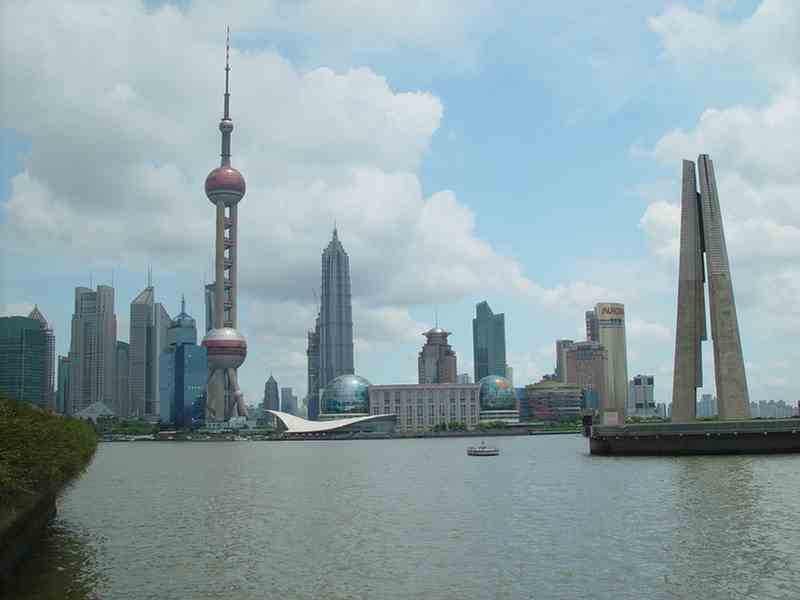
Zhouzhuang
This canal village is about 80km from Shanghai.
Chinese gondolas make their way down narrow canals under small arched bridges.
It is a tranquil place and was an escape from the hustle and bustle of Shanghai.
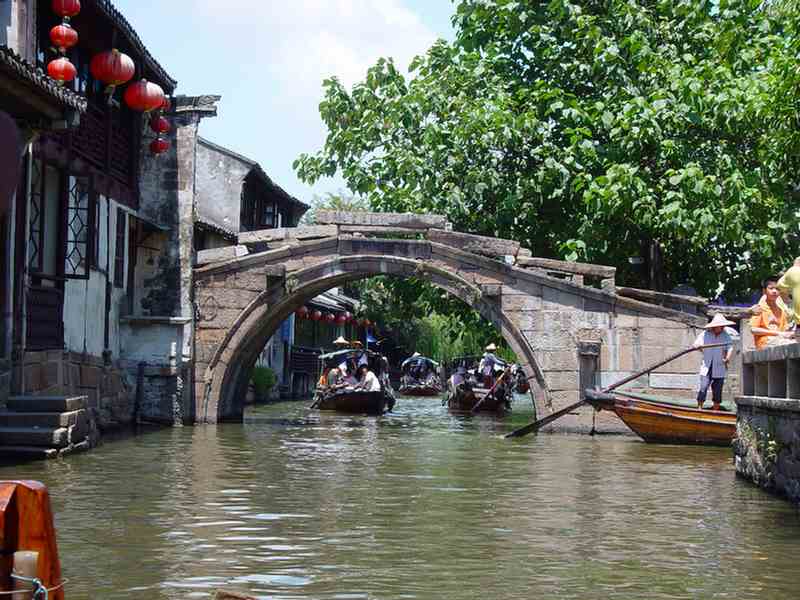
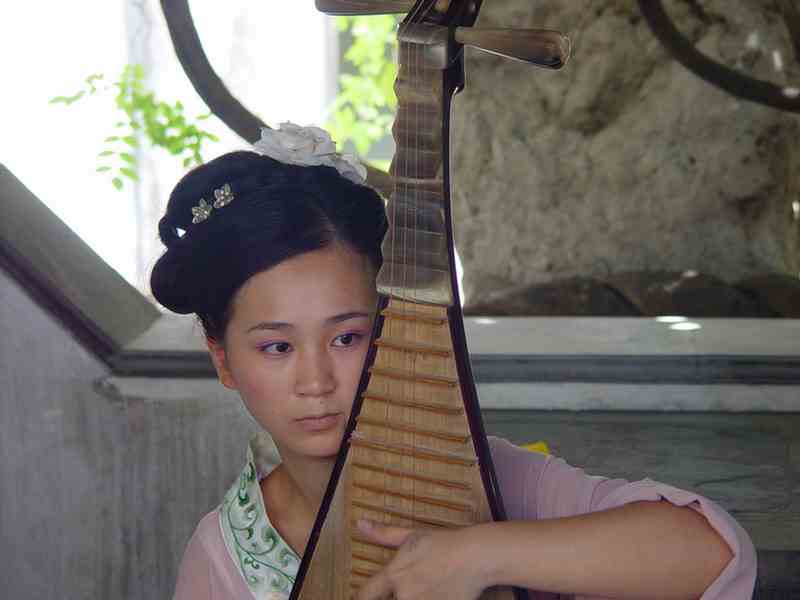
Xi'an - Terracotta Warriors
In 1974, a dry season, well-diggers dug up the first of these terracotta warriors about 30km from Xi'an.
Over 6000, each one of them different, have been discovered so far.
They were buried to protect Qin Shi Huang who was the first Emperor to unify China.
He died in about 207BC and his tomb is now just a mound about 1.5km from these warriors.
Many of the figures originally held real weapons of the day.
The metal parts remain but the wooden parts have long since rotted away.
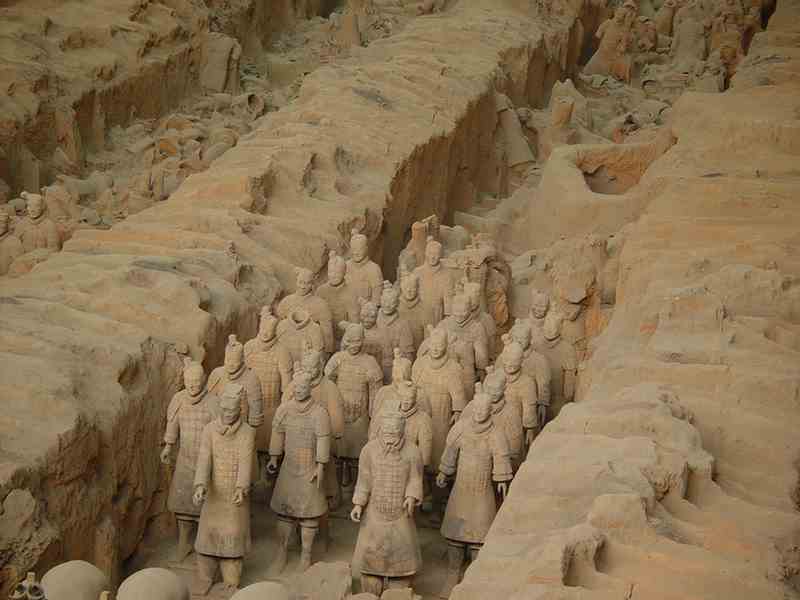
Hunyuan - Hanging Monastery
This 1400 year old Monastery is located about 50 metres up a rockface.
The temple shows influences from all three of China's historical beliefs - Taoism, Buddhism and Confucianism.
Currently the monastery is no longer used by monks and has become a museum and tourist attraction.
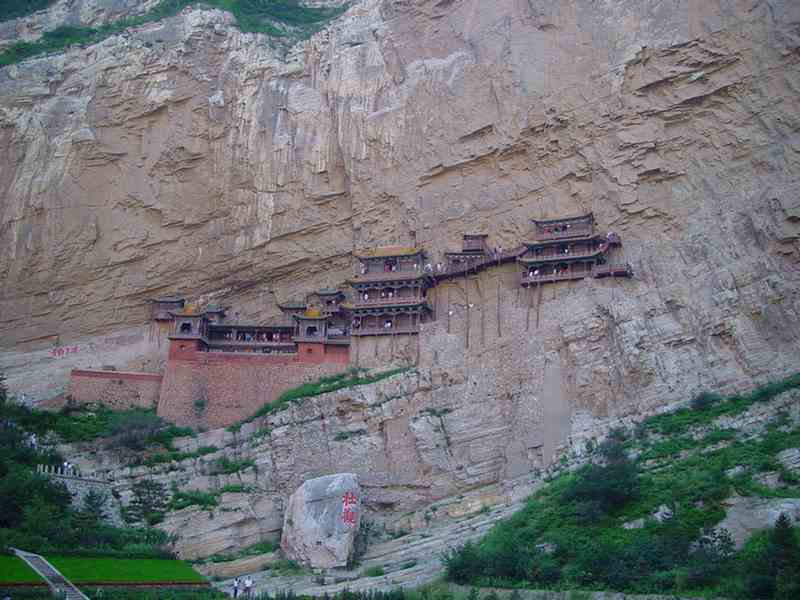
Datong - Yungang Caves
A World Heritage site, the Yungang Grottos are located on a sandstone cliff next to a pass leading to Inner Mongolia.
The 45 caves contain over 50,000 Buddhist statues and stretch along the cliff face for about a kilometre.
Some of the caves have enormous carved Buddhas over 17 metres high inside.
There are Persian, Greek and Indian influences in the carvings which is a result of having foreigners
employed to make some of the sculptures at the time.
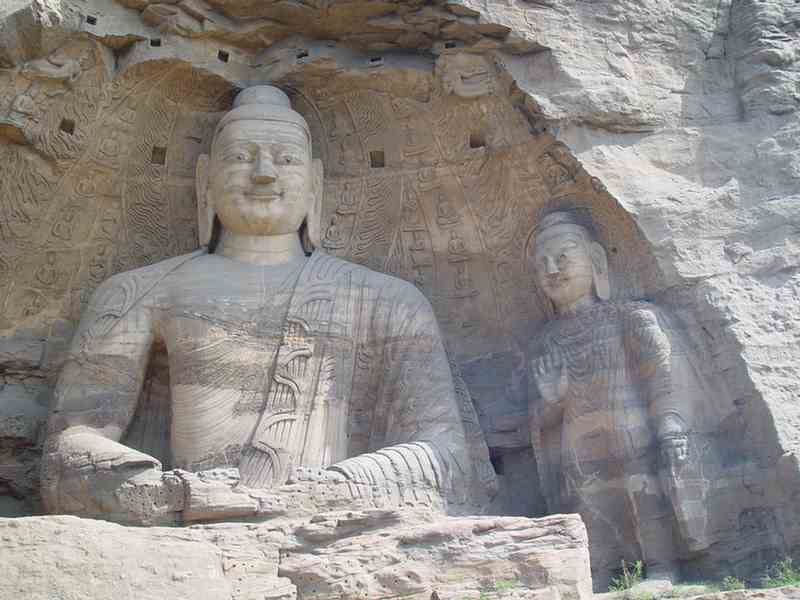
Beijing - Tiananmen Square
Tiananmen Square is the world's largest public square.
Almost a kilometre long and half a kilometre wide, it has an area of 45 hectares (110 acres).
Previously Tiananmen Square was occupied by imperial offices which were inside the Forbidden City.
They were badly damaged during the Boxer Rebellion and the area was cleared
to produce the beginnings of Tiananmen Square.
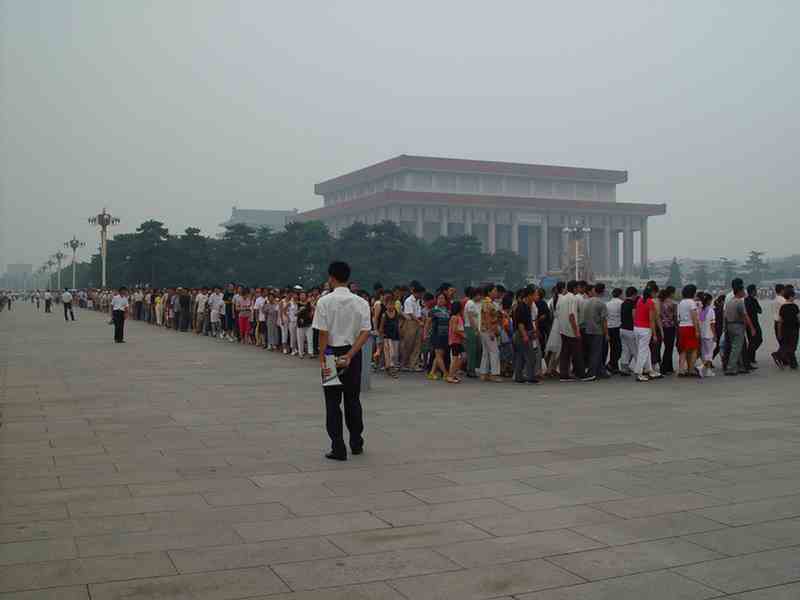
Beijing - The Summer Palace
The Summer Palace had long been a royal garden where the Chinese royalty came by boat to try to escape
the insufferable summer heat that roasted the Forbidden City.
It took 2 metro trains and a taxi to reach it. Built around a large lake that was deepened and expanded
with the help of 100,000 Chinese labourers, it occupies a vast area. It is much more scenic than the Forbidden City.
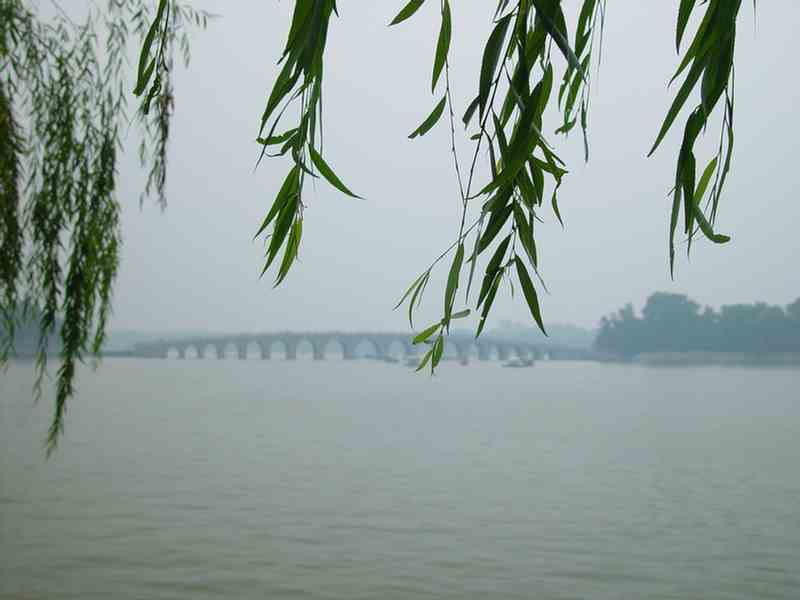
The Great Wall
I travelled by bus to Simatai, about 110km north-east of Beijing for our visit to The Great Wall.
It was a slow and dangerous trip on poor, narrow roads with lots of trucks and poor driving. It took nearly 4 hours.
Simatai is one of the lesser known sections of the wall and fortunately there were few people there.
I caught the chairlift and a short funicular railway for most of the way to the wall on top of the mountains.
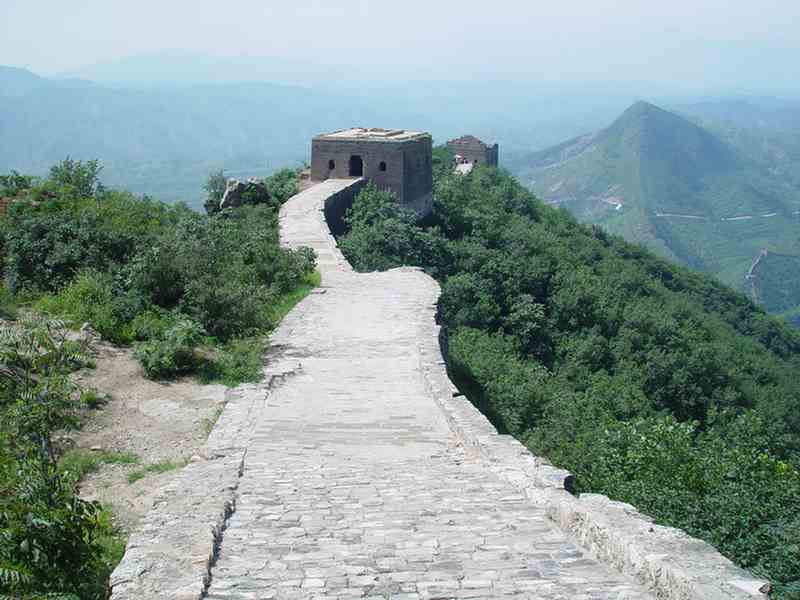
Beijing - Temple of Heaven
The Circular Mound Altar is surrounded by rings of stone slabs in multiples of 9.
Odd numbers were considered heavenly and 9 is the largest single digit odd number.
The 9 rings have 9, 18, 27, ....81 slabs in them. The stairs and balustrades are also built in multiples of 9.
It was constructed in 1530 and rebuilt in 1740.
[It was no coincidence that we had rooms on the 4th floor of our hotel.
4 is considered an unlucky number for the Chinese.]
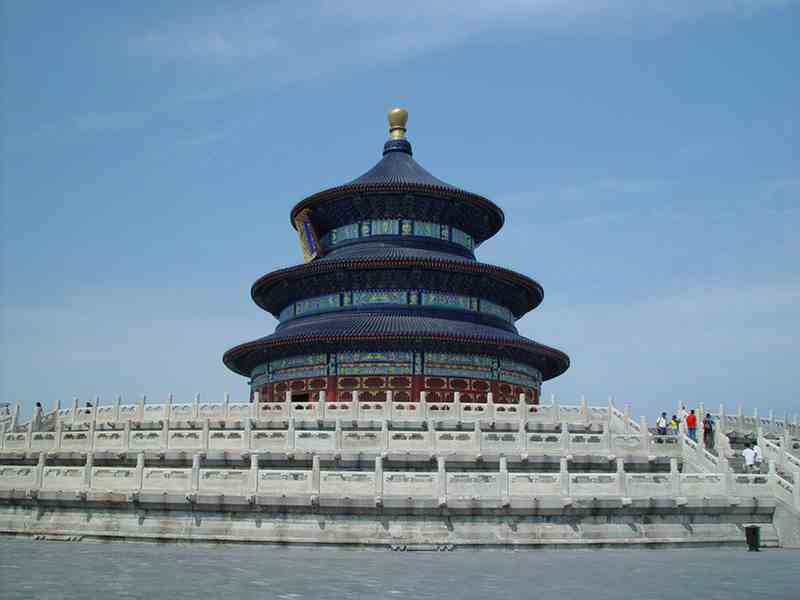
A few photos from my month-long IntrepidTravel tour of China in July-August 2006.

I made a friend on the ferry in Hong Kong early in the trip.

Yangshuo
Set
amongst thousands of limestone karst mountains, this was a fantastic
introduction to mainland China.
This area and the Great Wall were my 2 favourite places of
the whole trip.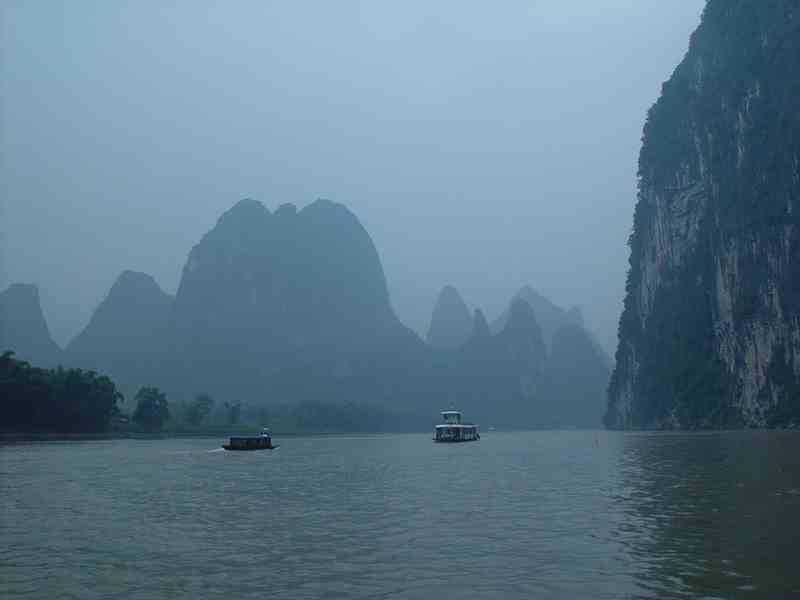
I
had a great day cycling through the farming countryside
amongst the karst mountains.
Our local guide on the ride was Mu Lan, a 23 year old
History teacher.
We had a great Chinese banquet lunch at a local farmer's home.
The area was so scenic that you could have taken a new picture every 5
seconds. 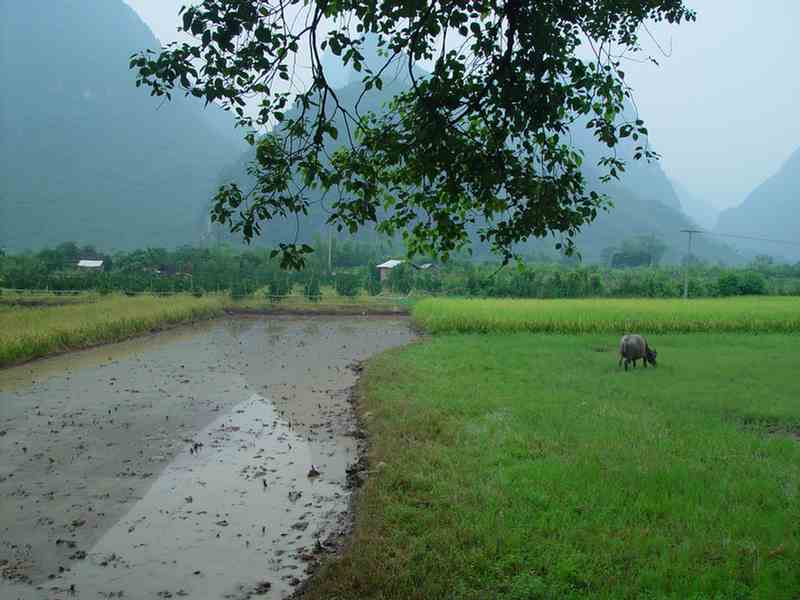

The Three Gorges Dam

Hangzhou
- West Lake
The star attraction of Hangzhou is West Lake which has inspired painters and poets for centuries.
It is named West Lake because it is in the west of this city of 7 million people.
Boats with petrol or diesel motors are banned on the lake.
Our boat, similar to this one, was electrically powered.
Somehow the air-conditioning on the boat was also electrically powered.
The star attraction of Hangzhou is West Lake which has inspired painters and poets for centuries.
It is named West Lake because it is in the west of this city of 7 million people.
Boats with petrol or diesel motors are banned on the lake.
Our boat, similar to this one, was electrically powered.
Somehow the air-conditioning on the boat was also electrically powered.
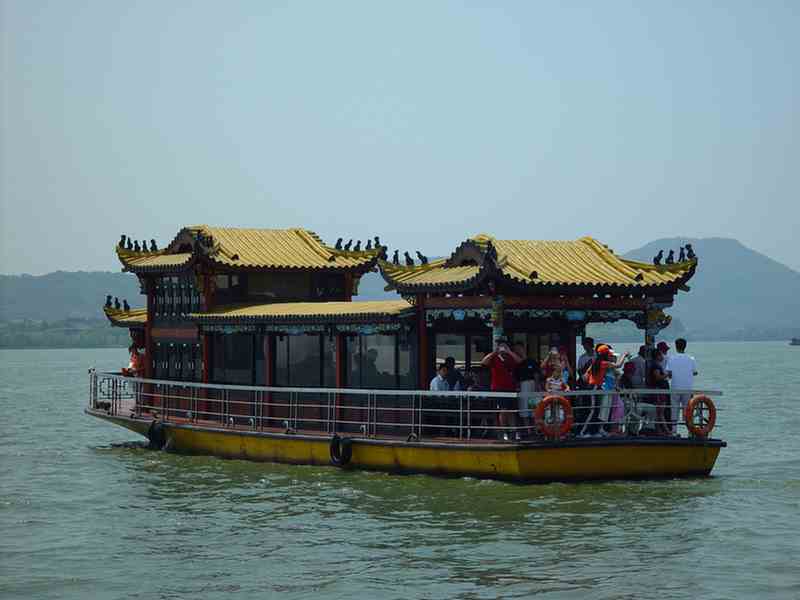
A giant Panda at Hangzhou zoo

Yellow Mountain (Huangshan)
A magic scenic spot. I went up the mountain in a cable car.
On the mountain I had a 20km, all day walk, up and down peaks, through canyons and along thousands of steps.


Shanghai
With a population of over 16 million people it is China's largest city.
Some have called it the "Whore of the Orient", others have called it the "Paris of the East".
Near the mouth of the Yangzi River, it was a small fishing village
when the British opened their first concession here in 1842.
Shanghai's long malaise came to an abrupt end in 1990 with the start of the development of the former
market gardens of Pudong, on the eastern side of the Huangpu River, opposite The Bund.
Shanghai is taking over from Hong Kong as the major financial centre of Asia.
Shanghai will hold the World Fair in 2010 and its new international airport
is expected to handle 100 million passengers a year by then.
The Oriental Pearl Tower, which many see as a gaudy, uninspiring piece of architecture, is one of the buildings in Pudong.
It is 468 metres high at the top of its TV masts. I went to the second "pearl" observation deck at 267 metres.

Zhouzhuang
This canal village is about 80km from Shanghai.
Chinese gondolas make their way down narrow canals under small arched bridges.
It is a tranquil place and was an escape from the hustle and bustle of Shanghai.


Xi'an - Terracotta Warriors
In 1974, a dry season, well-diggers dug up the first of these terracotta warriors about 30km from Xi'an.
Over 6000, each one of them different, have been discovered so far.
They were buried to protect Qin Shi Huang who was the first Emperor to unify China.
He died in about 207BC and his tomb is now just a mound about 1.5km from these warriors.
Many of the figures originally held real weapons of the day.
The metal parts remain but the wooden parts have long since rotted away.

Hunyuan - Hanging Monastery
This 1400 year old Monastery is located about 50 metres up a rockface.
The temple shows influences from all three of China's historical beliefs - Taoism, Buddhism and Confucianism.
Currently the monastery is no longer used by monks and has become a museum and tourist attraction.

Datong - Yungang Caves
A World Heritage site, the Yungang Grottos are located on a sandstone cliff next to a pass leading to Inner Mongolia.
The 45 caves contain over 50,000 Buddhist statues and stretch along the cliff face for about a kilometre.
Some of the caves have enormous carved Buddhas over 17 metres high inside.
There are Persian, Greek and Indian influences in the carvings which is a result of having foreigners
employed to make some of the sculptures at the time.

Beijing - Tiananmen Square
Tiananmen Square is the world's largest public square.
Almost a kilometre long and half a kilometre wide, it has an area of 45 hectares (110 acres).
Previously Tiananmen Square was occupied by imperial offices which were inside the Forbidden City.
They were badly damaged during the Boxer Rebellion and the area was cleared
to produce the beginnings of Tiananmen Square.

Beijing - The Summer Palace
The Summer Palace had long been a royal garden where the Chinese royalty came by boat to try to escape
the insufferable summer heat that roasted the Forbidden City.
It took 2 metro trains and a taxi to reach it. Built around a large lake that was deepened and expanded
with the help of 100,000 Chinese labourers, it occupies a vast area. It is much more scenic than the Forbidden City.

The Great Wall
I travelled by bus to Simatai, about 110km north-east of Beijing for our visit to The Great Wall.
It was a slow and dangerous trip on poor, narrow roads with lots of trucks and poor driving. It took nearly 4 hours.
Simatai is one of the lesser known sections of the wall and fortunately there were few people there.
I caught the chairlift and a short funicular railway for most of the way to the wall on top of the mountains.

Beijing - Temple of Heaven
The Circular Mound Altar is surrounded by rings of stone slabs in multiples of 9.
Odd numbers were considered heavenly and 9 is the largest single digit odd number.
The 9 rings have 9, 18, 27, ....81 slabs in them. The stairs and balustrades are also built in multiples of 9.
It was constructed in 1530 and rebuilt in 1740.
[It was no coincidence that we had rooms on the 4th floor of our hotel.
4 is considered an unlucky number for the Chinese.]
